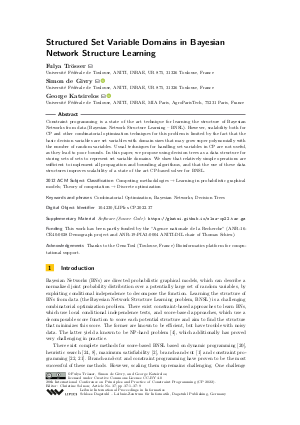LIPIcs.CP.2022.37.pdf
- Filesize: 0.68 MB
- 9 pages

 Creative Commons Attribution 4.0 International license
Creative Commons Attribution 4.0 International license
























Feedback for Dagstuhl Publishing